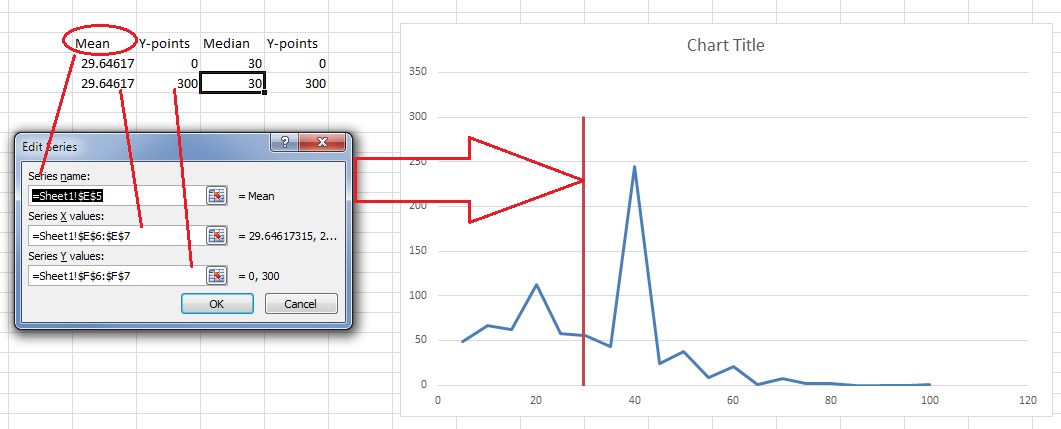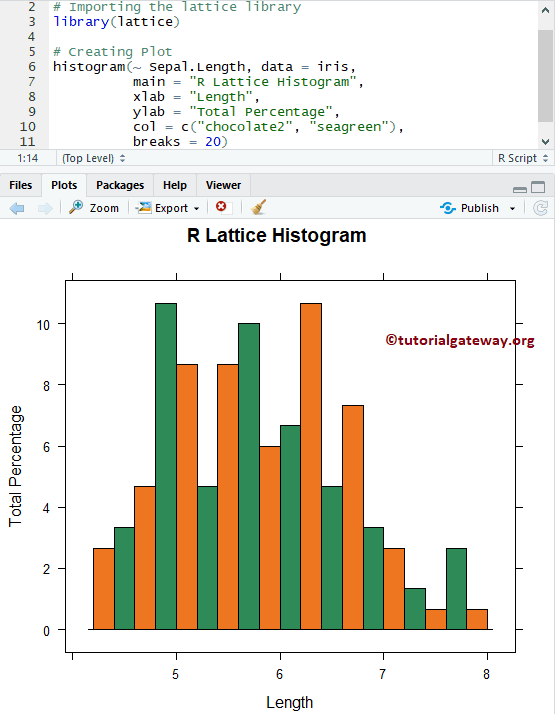

using np.histogram (by treating eachīin as a single point with a weight equal to its count)Ĭounts, bins = np. This parameter can be used to draw a histogram of data that hasĪlready been binned, e.g. The weights are normalized, so that the integral of the density Only contributes its associated weight towards the bin count

weights : (n, ) array_like or None, optionalĪn array of weights, of the same shape as x. If both density and normed are set an error is raised. If stacked is also True, the sum ofĭefault is None for both normed and density.

Observations times the bin width and not dividing by the total This is achieved by dividing the count by the number of The area (or integral) under the histogram will sum to 1. If True, the first element of the return tuple willīe the counts normalized to form a probability density, i.e., Is based on the specified bin range instead of the If bins is a sequence or range is specified, autoscaling Range has no effect if bins is a sequence. If not provided, range is (x.min(), x.max()). With Numpy 1.11 or newer, you can alternatively provide a stringĭescribing a binning strategy, such as 'auto', 'sturges', 'fd', Unequally spaced bins are supported if bins is a sequence. Then the first bin is [1, 2) (including 1, but excluding 2) and In this case, bins isĪll but the last (righthand-most) bin is half-open. If bins is a sequence, gives bin edges, including left edge ofįirst bin and right edge of last bin. Returned, consistent with numpy.histogram. If an integer is given, bins + 1 bin edges are calculated and Input values, this takes either a single array or a sequence ofĪrrays which are not required to be of the same length. X : (n,) array or sequence of (n,) arrays Masked arrays are not supported at present. The ndarray form is transposed relative to the list form. Of potentially different length (), or asĪ 2-D ndarray in which each column is a dataset.

Multiple data can be provided via x as a list of datasets See theĭocumentation of the weights parameter to draw a histogram of Patches1.]) if the input contains multiple data. ( n, bins, patches) or (, bins, [ patches0, hist ( x, bins=None, range=None, density=None, weights=None, cumulative=False, bottom=None, histtype='bar', align='mid', orientation='vertical', rwidth=None, log=False, color=None, label=None, stacked=False, normed=None, *, data=None, **kwargs ) ¶Ĭompute and draw the histogram of x.


 0 kommentar(er)
0 kommentar(er)
